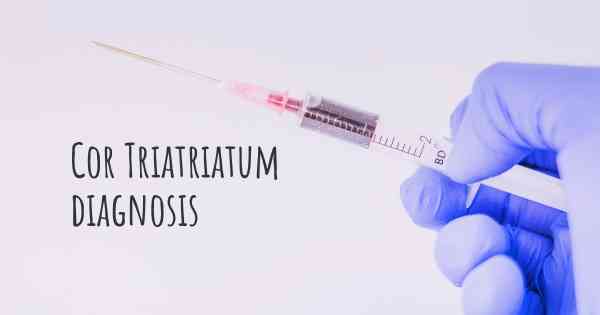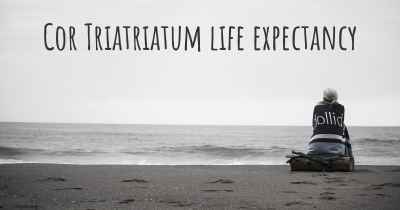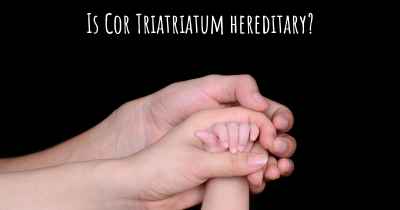4
How is Cor Triatriatum diagnosed?
See how Cor Triatriatum is diagnosed. Which specialists are essential to meet, what tests are needed and other useful information for the diagnosis of Cor Triatriatum

Cor triatriatum is a rare congenital heart defect characterized by the presence of a membrane or fibrous band that divides the atrium into two chambers. This condition can lead to impaired blood flow and various symptoms, making early diagnosis crucial for appropriate management.
Diagnosing Cor Triatriatum:
The diagnosis of cor triatriatum involves a combination of clinical evaluation, imaging studies, and cardiac catheterization. Here are the key methods used for diagnosis:
1. Physical Examination:
During a physical examination, a healthcare provider may listen to the patient's heart using a stethoscope. They may detect abnormal heart sounds, such as a murmur, which can raise suspicion of cor triatriatum.
2. Echocardiography:
Echocardiography is a non-invasive imaging technique that uses sound waves to create detailed images of the heart. It is the primary diagnostic tool for cor triatriatum. Transthoracic echocardiography (TTE) provides an initial assessment, while transesophageal echocardiography (TEE) offers higher resolution images and is particularly useful for visualizing the atrial septum and the membrane dividing the atrium.
3. Cardiac Magnetic Resonance Imaging (MRI):
Cardiac MRI may be performed to obtain more detailed images of the heart and its structures. It can help confirm the diagnosis of cor triatriatum and provide additional information about the extent of the condition.
4. Cardiac Catheterization:
Cardiac catheterization involves the insertion of a thin tube (catheter) into a blood vessel and guiding it to the heart. This procedure allows for direct measurement of pressures within the heart chambers and can help assess the severity of cor triatriatum. It may also be used to obtain tissue samples for further analysis.
5. Other Tests:
Additional tests, such as electrocardiography (ECG) and chest X-rays, may be performed to evaluate the overall heart function and assess for any associated abnormalities.
Conclusion:
The diagnosis of cor triatriatum involves a comprehensive evaluation, including physical examination, echocardiography, cardiac MRI, and cardiac catheterization. These diagnostic methods help healthcare professionals accurately identify the presence of a membrane or fibrous band dividing the atrium. Early diagnosis is essential for appropriate management and treatment planning for individuals with cor triatriatum.
Diseasemaps








